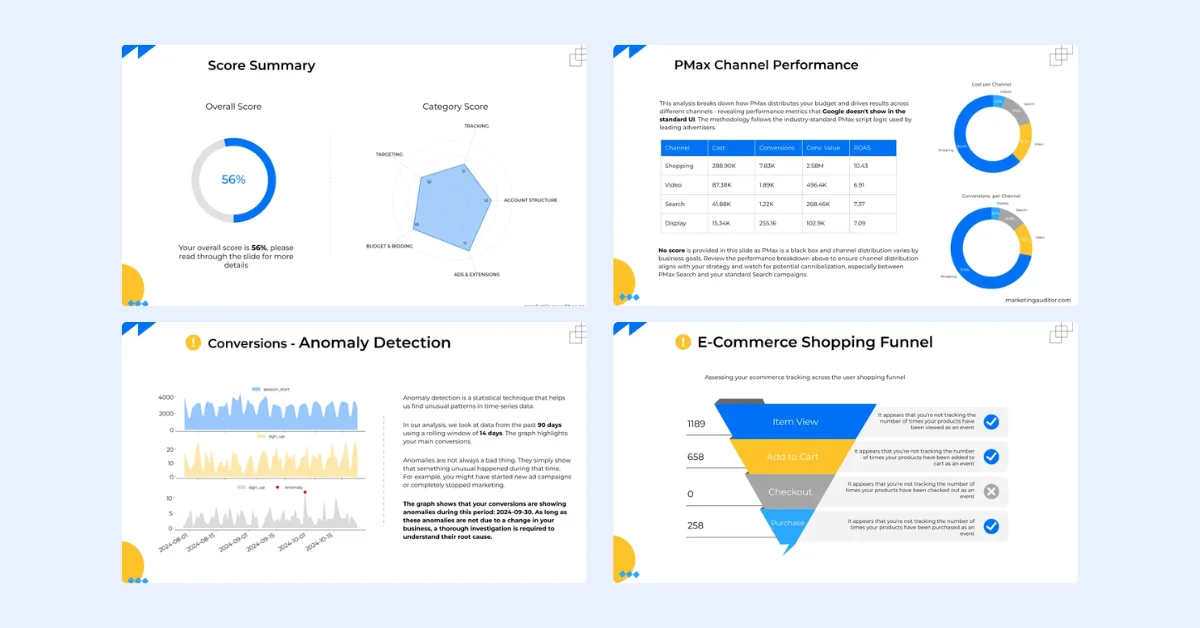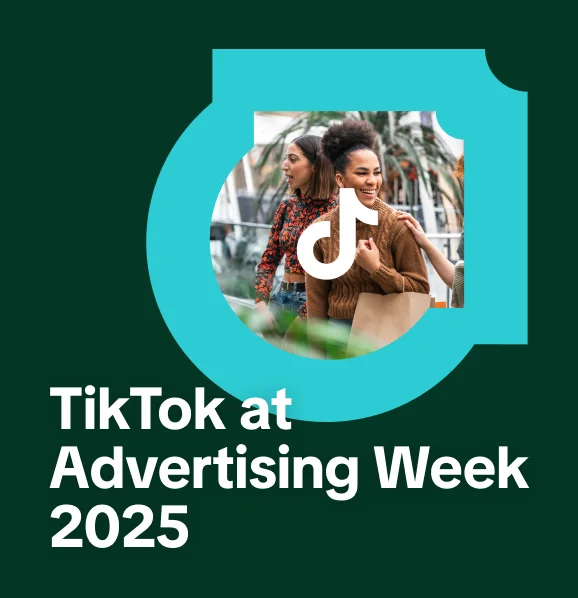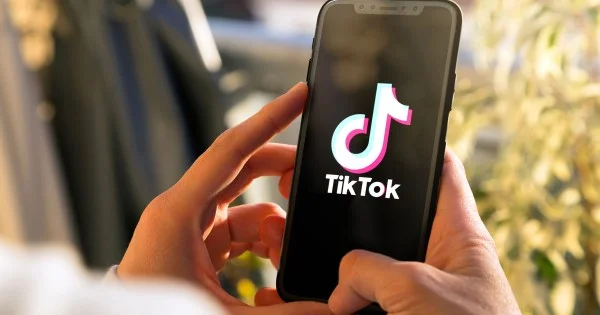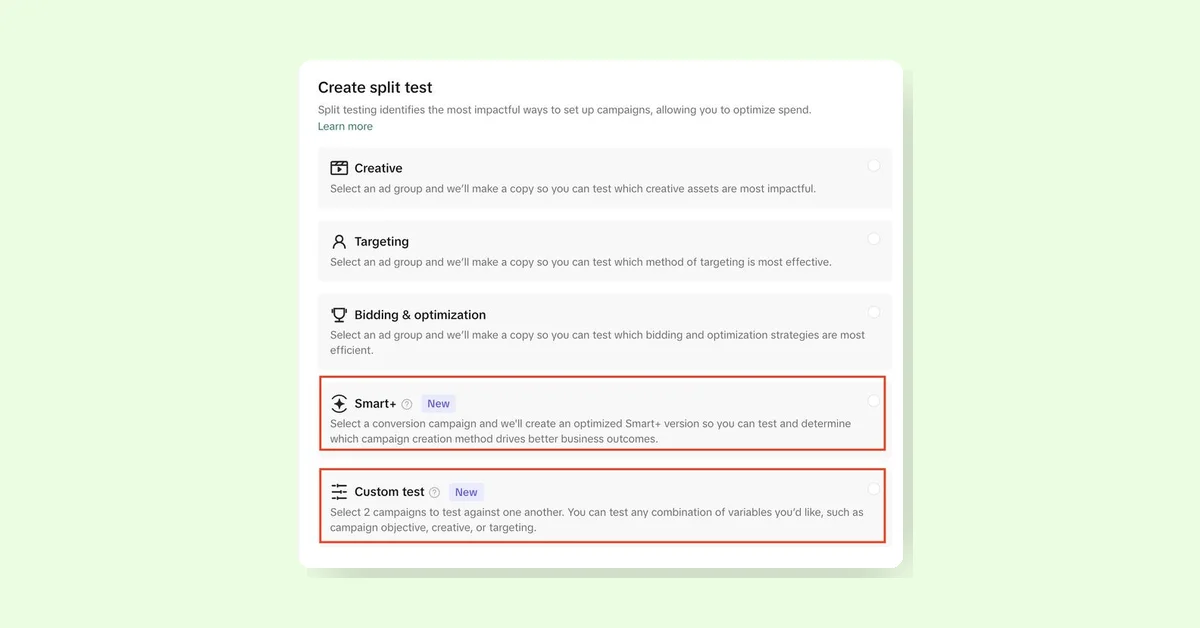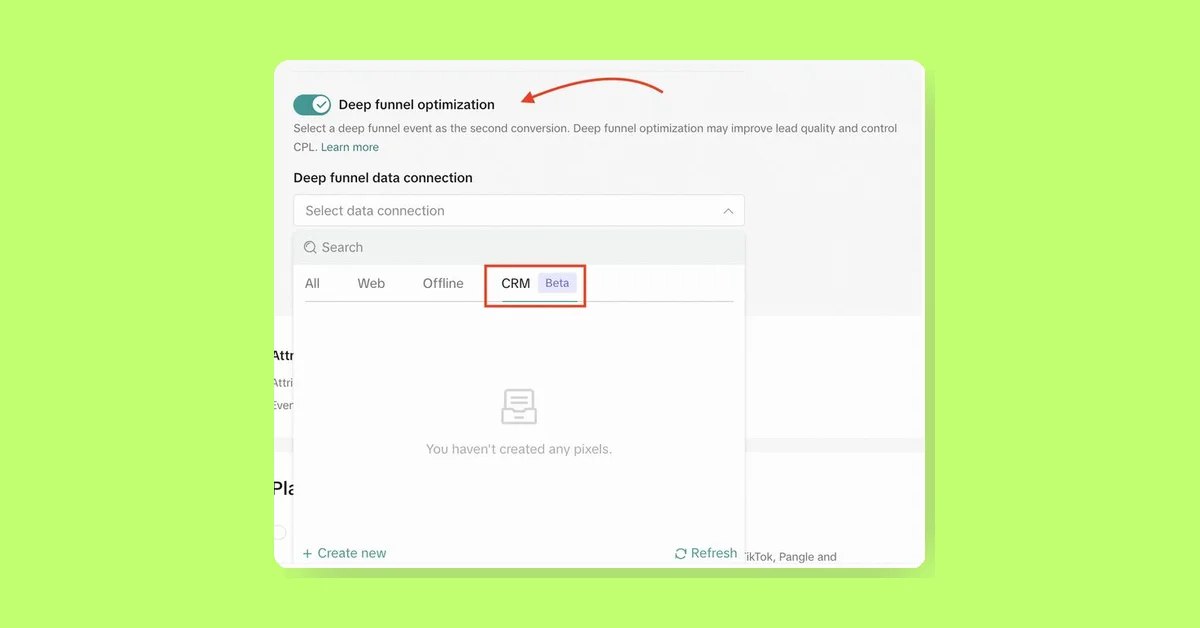In a rapidly evolving media landscape saturated with data, marketers face a paradox where abundant information rarely translates into clear insights. Despite record digital marketing investments ($741B in 2024), traditional measurement methods, especially last-touch attribution, fail to capture the complexity of consumer journeys, leading to wasted spend and missed opportunities. This paper, focusing on markets like Saudi Arabia, UAE, Turkey, and South Africa, urges a shift from static dashboards to agile, adaptable measurement approaches.
Chapter 1: The Measurement Paradox
Marketers are caught in a cycle prioritizing short-term attribution, with 35% of last-touch spend generating no incremental sales, yet 60% of underperforming marketers still rely on it. Consumer journeys are fluid and fragmented, making funnel-based attribution obsolete. TikTok’s data reveals 93% of consumers search on video platforms before purchase, but many systems overlook these early signals. Measurement must evolve to integrate brand and performance metrics, recognizing video content’s role in brand lift and conversion. TikTok positions itself as a search and entertainment engine, influencing how brands create content.
Chapter 2: Keeping Up in an Era of Overload
Marketers face "tech turbulence" from diverse content formats, AI media, regulatory changes, and organizational pressures. Over 58% feel overwhelmed, often sticking to outdated tools due to fear of change. The promise of multi-touch attribution remains unfulfilled, and last-click models offer comfort but not accuracy. To manage overload, marketers should simplify by aligning around shared business goals, shifting focus from short-term, lower-funnel metrics to meaningful business outcomes. Transparency about measurement goals and methods is essential.
Chapter 3: Getting it Right with GRO
The GRO framework offers a practical, flexible model for modern measurement:
- G (Goals): Align teams with clear, business-driven objectives across the full funnel. For example, Sephora Türkiye saw a +4.5% ad recall lift, +9.2% incremental sales, and 40% organic search growth.
- R (Readiness): Assess current measurement maturity and build progressively. Pixery improved channel performance estimates by up to 10x by evolving from limited MMP to Marketing Mix Modeling.
- O (Optimization): Develop systems that adapt over time. Careem’s testing showed a 15.4% lift in first orders from performance media, enabling strategic, ongoing campaigns.
Industry leaders emphasize iteration over one-size-fits-all solutions, adapting quickly to new platforms, technologies, and consumer trends. AI tools and first-party data investment are critical for future-proofing measurement amid evolving privacy regulations.
Conclusion: A New Mindset for a New Era
Marketing impact resides in nuance, incrementality, attention, and the interplay between brand and performance. The future of measurement lies not in precision but in adaptability. By adopting the GRO framework, marketers can break free from ineffective optimization cycles and build systems that provide clarity, confidence, and commercial impact.


